
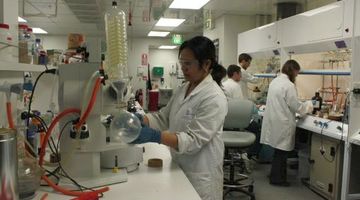
This online PD session recorded on 19 May 2015 explores ideas for using the Science Learning Hub’s resources to introduce students to the wide range of science research carried out by New Zealand ...
READ MORE
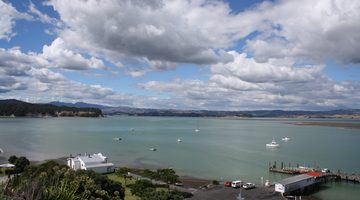
With 75% of New Zealanders living within 10 km of the coast, many students will be familiar with estuaries. In scientific terms, estuaries are the interface between the land and the sea – the ...
READ MORE
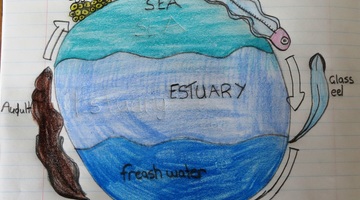
It is necessary for teachers to adapt activities that are externally sourced and created by others to optimise their students’ opportunities for learning science. Activities are productive when ...
READ MORE
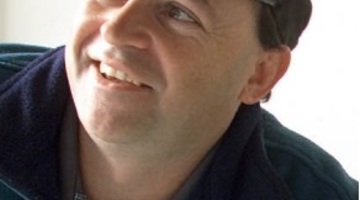
Position: Associate Professor, Department of Software Engineering, University of Waikato. Field: Language technologies Associate Professor Te Taka Keegan (Waikato-Maniapoto, Ngāti Porou, Ngāti ...
READ MORE
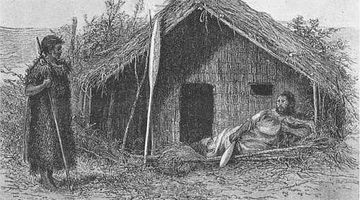
Rongoā is the traditional Māori healing system. Rongoā is a holistic practice that often includes using the medicinal properties of Aotearoa New Zealand native plants. Rights: Creative Commons ...
READ MORE
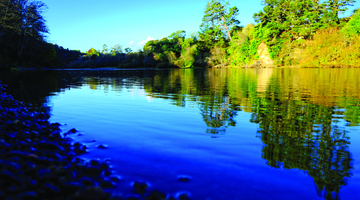
Tōku awa koiora me ōna pikonga he kura tangihia o te mātāmuri - the river of life, each curve more beautiful than the last. King Tāwhiao, second Māori King Our collection of resources 'Tōku awa ...
READ MORE
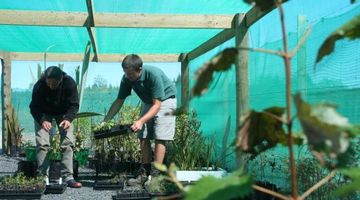
In this activity, students learn about rongoā Māori (medicines that are produced from native plants in New Zealand) through a silent card game. By the end of this activity, students should be ...
READ MORE
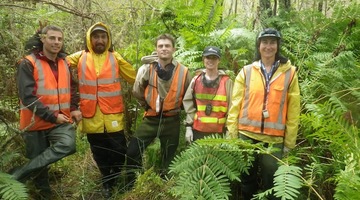
In this activity, students learn about the Ake Ake model and how it was used with iwi on the Waikato River in the Huntly area. Students then explore changes in their local environment from a ...
READ MORE
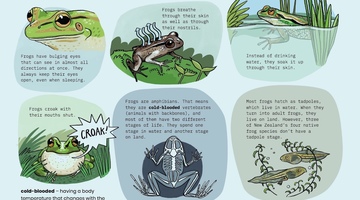
Frogs for the future? is a ready-to-use cross curricular teaching resource. It uses the Ministry of Education’s 2019 Connected article Kimihia Kermit by Philippa Werry. Rights: Crown 2019 Frog ...
READ MORE
Rongoā practitioner Rob McGowan tells us about some of the key wetland plants used to promote natural health. Rob also provides additional insights about rongoā and wellness. Points of interest ...
READ MORE
Tipa Mahuta describes the significance of mātauranga Māori – the knowledge of the people concerning the river. She recognises the old people have knowledge that younger ones can learn from ...
READ MORE
Miriama (Tilly) Turner reflects on earlier stages of the river. She feels the current generation is in a position to do something about the river’s degraded state. Tilly is skilled in the ...
READ MORE

An interactive that shows how early Māori used different fungi for food and medicine.
READ MORE
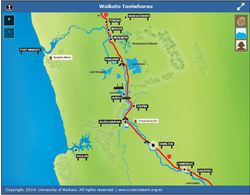
An interactive showing the lower Waikato River. Use the zoom-in feature to find some cultural and geographical connections to the river. Listen to iwi talking about what the river means to them ...
READ MORE
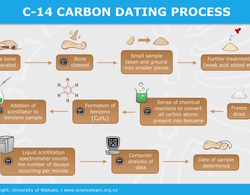
Historical artefacts like moa bones can be dated using a technique that measures the activity of the radioisotope carbon-14 still present in the sample. By comparing this with a modern standard ...
READ MORE